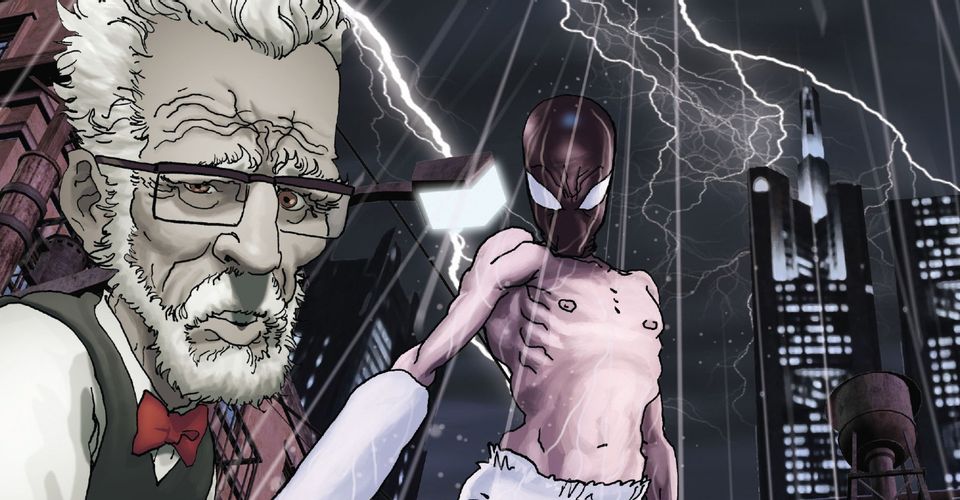Marvel’s ‘Old Man Spider-Man’ Got Spidey Completely Wrong

With the success of comics starring aged versions of classic heroes like Old Man Logan, Old Man Hawkeye and Frank Miller’s The Dark Knight Returns, a noticeable absence begs the question: why is there no definitive “Old Man Spider-Man“ story? After all, Peter Parker is a classic comic book character with plenty of history as a teenager and a young adult, so why not tell a story about Peter’s life as he gets older? Perhaps that’s what writer and artist Kaare Andrews thought when he created Spider-Man: Reign. It’s the sole major “Old Man Spider-Man” story – and perhaps it’s also the reason why there hans’t been another since.
For most of his history, Peter Parker was a perpetual teenager frozen in comic book time, in which a linear progression of events still occurs, but characters rarely age (and dates and times are rarely specified). This crucially kept him in high school and college. Eventually, Peter would graduate college, find a job, and start a relationship with and eventually marry his long-term love interest Mary-Jane in The Amazing Spider-Man Annual #21 in 1987. Naturally, readers wondered about Peter’s future, especially in the wake of 1986’s two premiere works about aging superheroes, Watchmen and The Dark Knight Returns. But an older version of Spider-Man wouldn’t be seen until two decades later with Spider-Man: Reign.
In Reign, Peter Parker is an old man living along in a totalitarian New York City. A brutal police force called the Reign defends the city instead of superheroes, and Peter – having recently been fired from his florist job – encounters an old J. Jonah Jameson. The former head of the Daily Bugle expresses regret for his years of slandering Spider-Man, and asks Peter to put on the mask once again – people need him. From there, Spider-Man returns, and the corrupt Mayor releases supervillains from prison – the old Sinister Six, known here as the Sinner Six – to kill Spider-Man in exchange for their freedom.

The book received considerable backlash among the Spider-Man faithful; Peter is bitter, vengeful, and even kills enemies. But perhaps the most controversial part of the book is the conclusion, in which readers learn Mary Jane has passed away long ago – and Peter Parker is to blame. According to Reign, Mary Jane died of cancer brought on by years of radiation poisoning due to Peter’s radioactive semen; the radioactivity in his body didn’t affect him, but it did affect her. Mary Jane appears as a hallucination throughout the book, mostly when Peter is sulking alone, an old man filled with regret. This could be an example of “fridging,” comic book slang for killing a woman in a story to better motivate their love interest.
Spider-Man: Reign had a poor reception overall, due both to the method in which Mary Jane is killed and the fact that both she and Peter Parker were unable to have their well-deserved happy ending. Perhaps the book was a mistaken endeavor altogether; Spider-Man has always been positioned as the young superhero, whose exploits appeal to teenagers and young adults more than any other demographic. This is why Marvel rarely shows Spider-Man as a responsible adult: it goes against the core concept of the character. It’s entirely possibly another “Old Man Spider-Man” story will come along and find a positive critical reception – but it mostly likely won’t take any inspiration from Spider-Man: Reign.

















